Featured 1

The news that the UN's culture and education arm, UNESCO, has decided to inscribe Dhaka's rickshaws and rickshaw art as part of the Intangible Cultural Heritage of Humanity came like an oasis in the desert this week. Few things that can be said to be more essentially and authentically of Bangladesh, than the human-propelled three-wheeler. And while we're at it, let's hear it for the humble rickshawpullers as well, who toil daily under the sun, in the rain, and any kind of weather in between, to provide a cheap, convenient and completely green form of urban transport over short distances.
With the capital entering the Metrorail era, and the advent of the Elevated Expressway it can be tempting to think that the rickshaw's days are numbered, but that would be unwise. For many who take the Metrorail or who plan to hit the expressway, the rickshaw remains an indispensable part of getting them to their nearest station or embarkation point. This is unlikely to change in the foreseeable future. The demise of the rickshaw has been predicted on countless occasions. It has even been tried on a few occasions. The last such attempt was in 2019. To reduce traffic congestion in the capital, restrictions were imposed on the entry of rickshaws on the main roads of the capital. A committee was formed to stop rickshaw movement. It all came to naught in early 2020, when the pandemic broke out, resulting in curbs on public transport. With its unique, open design ideal for carrying single passengers, rickshaws were there to save the day.
Of course, rickshaws have a long history in Bangladesh - although the first ones were spotted in Japan, around the middle of the 19th century. Dhaka wouldn't get its first one till 1938 - almost four decades after what is now Kolkata. According to Banglapedia, Dhaka city had only 37 rickshaws in 1941 and 181 at the time of Partition in 1947. The real number today is probably impossible to guess, with estimates ranging anywhere from 250,000 to a million, serving a city with upwards of 15 million inhabitants.
One of the things that lend this otherwise inanimate vehicle its own, distinctive character is the unique look associated with it thanks to what has come to be known as rickshaw art. The unmistakable forms and motifs adorning the canvas-like metal board at the back, and on the elaborate 'hood', are usually painted by street artists and once upon a time, was looked down upon by the elites as gauche and tasteless. But they came to represent an authenticity and indigenous inspiration that few other art forms can match, and thanks to their ubiquitous nature, became indelibly tied to the Bangladeshi experience. In the last twenty years, the rickshaw painters of Old Dhaka hav even held international exhibitions in the art capitals of the world, besides being taught in courses at the Fine Arts Institute.
Following this latest, and most prestigious recognition, it is probably safe to stay that the rickshaws, and rickshaw art of Bangladesh are both here to stay. As an admirer, I can only say amen to that.










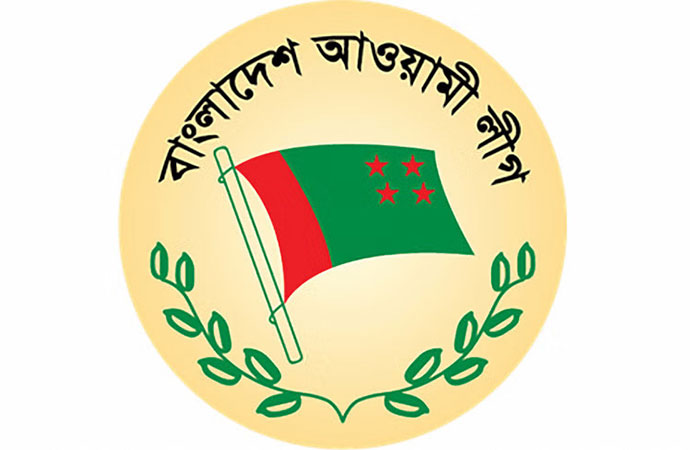


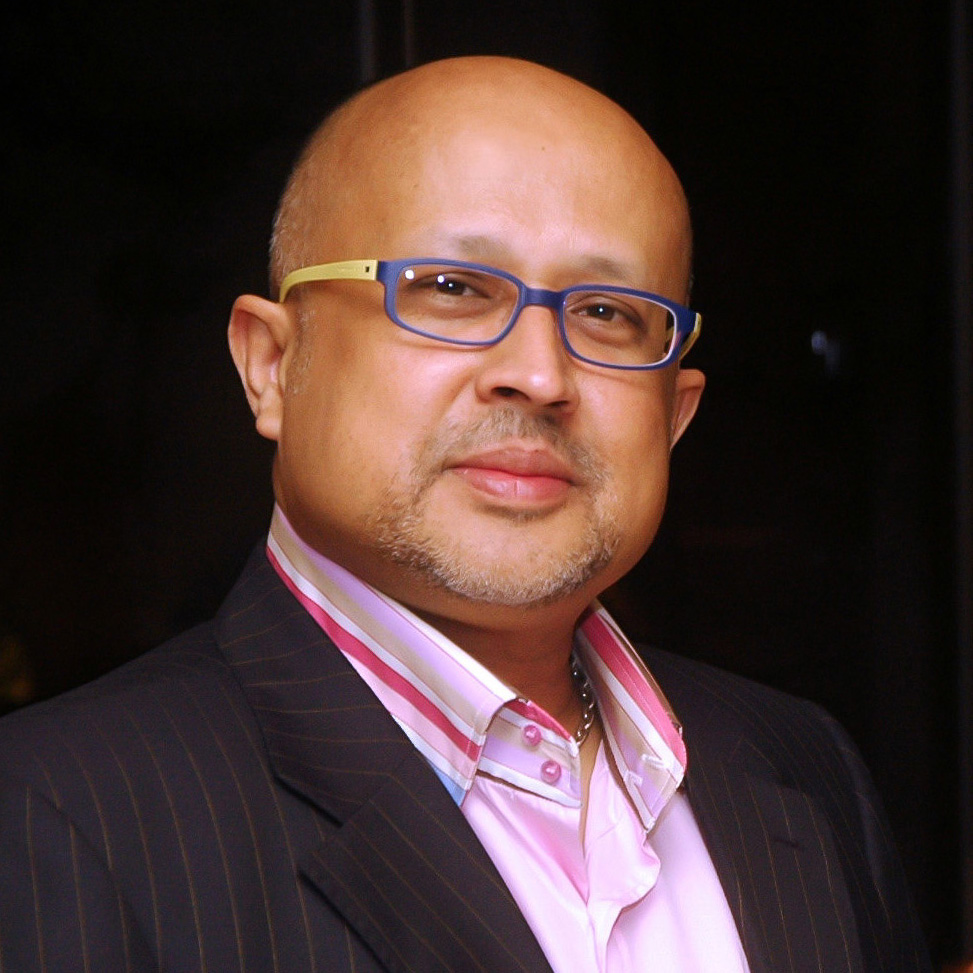





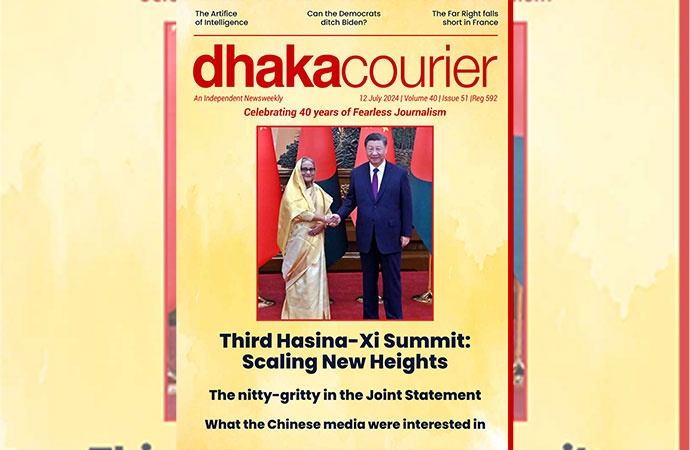



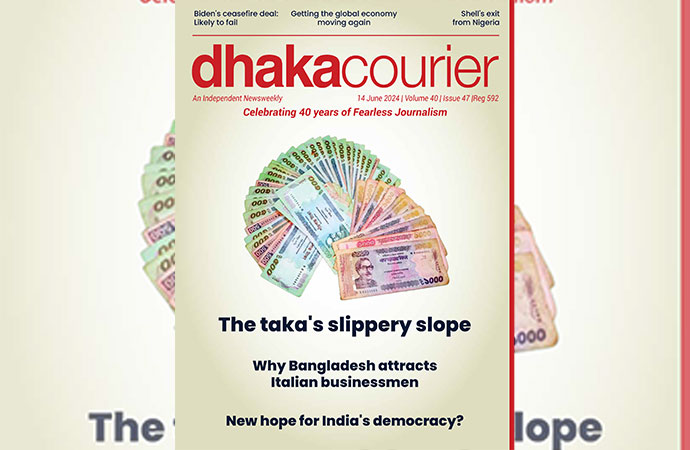
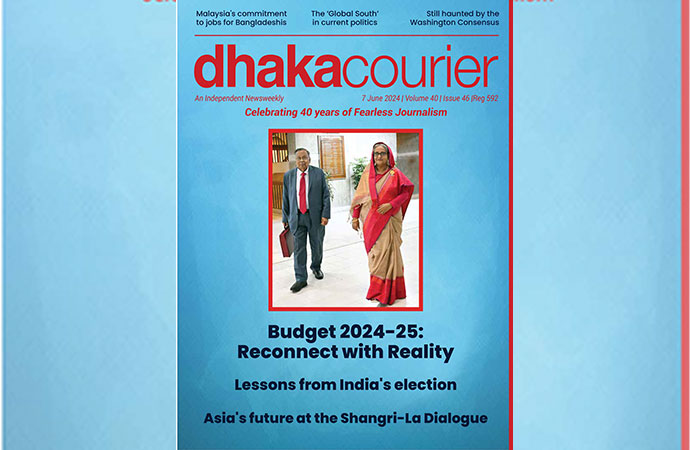
Leave a Comment
Recent Posts
How China's reform benefit the ...
"It's very clear that China has entered a new era under Presi ...
How do we heal?
After the unprecedented violence of the past two weeks, the most impor ...
The High Court fixed July 25 for delivering verdicts
Biden’s legacy: Far-reaching accomplishments that di ..
US President Joe Biden dropped out of the 2024 race
“A kiss over bribe”: Nachiketa’s social message to D ..